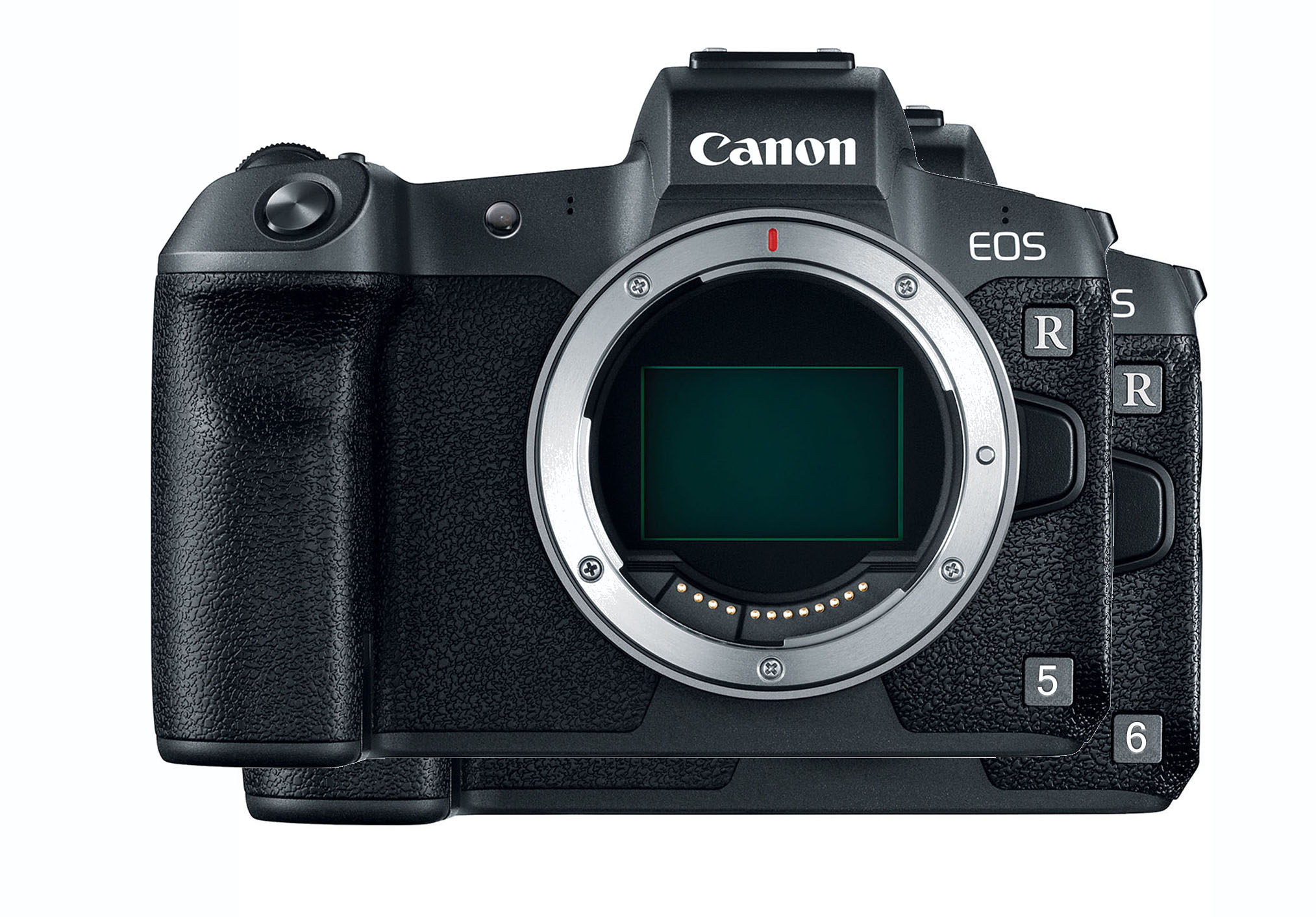I wasn't saying your other points weren't valid, I was correcting the factual errors you made.You're still comparing a 24mm prime shot at 1/125 with a 12-24mm zoomed all the way in at 24mm (Please see Roger's Law of Wide Zoom Relativity) shot at 1/60.
Pretty much all of the differences I see in your two crops can be accounted for by camera motion and differences in focus distance as well as lens performance. I see nothing that can be attributed to differences in DR. That's not to say that the 1D X Mark II doesn't allow more pushing of shadows than the 1Ds Mark III, but these shots don't seem to demonstrate that. Neither one is remotely close to showing either camera's DR limits.
I wasn't comparing lens sharpness either, I took the pictures specifically to look in the shadows, relative sharpness was not a consideration of mine. That others throw up a straw-man of they are framed differently, they aren't the same sharpness, dof etc etc while not looking solely at the metric the comparison was shot for is comical.
Upvote
0

